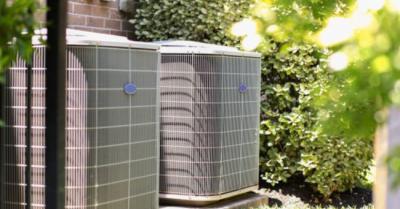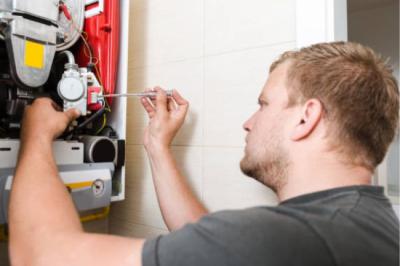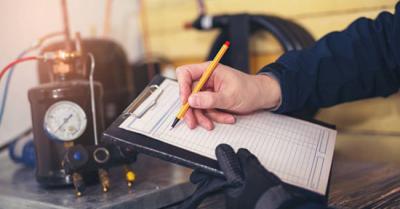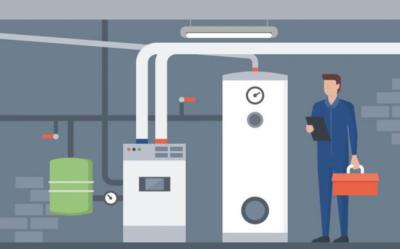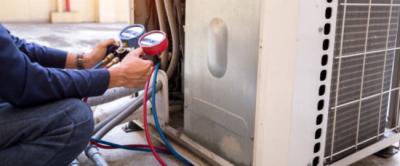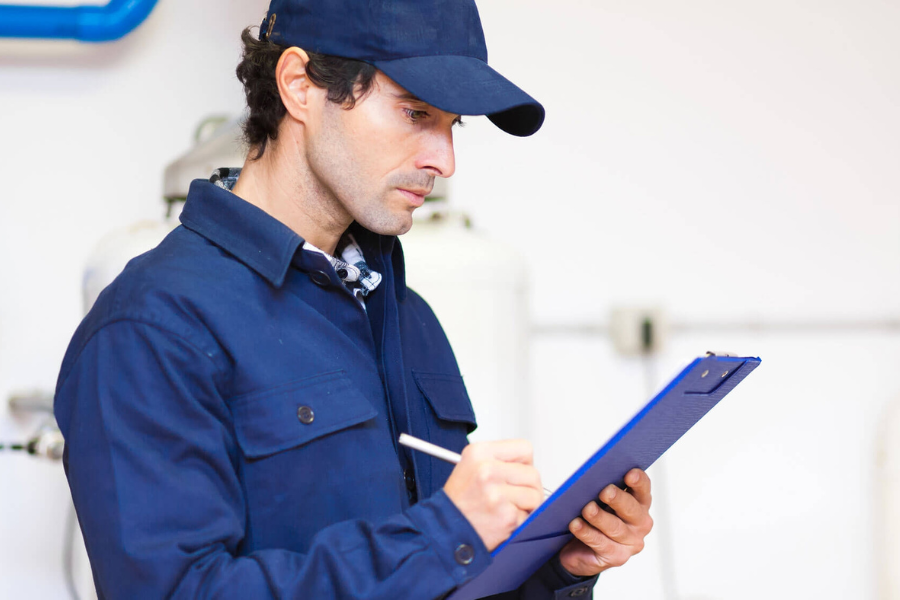
How To Diagnose Furnace Problems?
In the chilly winter season, a functioning furnace is essential for comfort and survival, sparing us from relying on wood fires for warmth. However, even with regular professional tune-ups and homeowner upkeep, furnaces may encounter issues affecting their performance. To ensure furnace safety and functionality, start by turning off the thermostat and furnace switch. Regularly check the air filter, cleaning or replacing it every 30 days if needed. Additionally, when installing a new filter, ensure proper airflow direction. Inspect the thermostat, setting it to "heat" and increasing the temperature, replacing batteries if necessary. Verify power at the furnace switch and the electrical panel, resetting breakers or replacing fuses if needed. Secure the access panel properly and ensure all vents and registers are open and unblocked for optimal furnace performance. So, before seeking professional help, explore these troubleshooting tips on how to diagnose furnace problems if it’s malfunctioning or failing to turn on. If the issues persist, it's advisable to contact the best HVAC Company for expert assistance in resolving furnace problems.
Tips To Diagnose Furnace Problems
Filter Check
Before diving into maintenance, prioritize safety by turning off both the thermostat and furnace switch. With this precaution, inspect the air filter every 30 days, cleaning or replacing it if light doesn't easily pass through. When dealing with Common furnace problems, such as inadequate heating or unusual noises, checking and replacing the air filter is a crucial step. When installing a new filter, ensure proper airflow direction by aligning the arrows. Conclude the process by meticulously securing the access panel, following the manufacturer's instructions for a seamless and safe furnace operation. If you encounter persistent issues related to common furnace problems, it's recommended to seek professional assistance for a thorough inspection and effective resolution.
Thermostat Inspection
Next, on the furnace maintenance checklist, focus on the thermostat. Ensure it's set to "heat," raise the temperature by 5 degrees, and replace batteries if necessary for optimal functionality. For electromechanical thermostats, gently dust with a paintbrush, particularly around metal coils and contact plates. Be cautious of false readings from nearby heat sources like sunlight or lamps, ensuring accurate thermostat input for effective heating.
Power and Electrical Panel
Check the furnace switch near the unit and ensure it's on; if not, flip it back on. Secondly, verify power at the breaker or fuse box; reset the HVAC breaker or replace a discolored fuse. Lastly, exercise caution, ensure dry hands, and contact a professional if unsure.
Flame Check
For a quick and effective furnace repair problem diagnosis, confirm a healthy blue flame. Be ready to contact a professional in case there are non-blue flames.
Pilot Light and Gas Valve
Relight the pilot carefully, following the owner's manual; turn off the gas for 10-15 minutes before relighting. Evacuate if the gas smell persists and contact the gas company and fire department.
Front Panel Security
Follow the manufacturer's instructions to secure the access panel properly.
Vent and Register Inspection
Ensure all vents and registers are open and unblocked; avoid closing vents in unused rooms to prevent HVAC issues.
Final Thoughts
All in all, in the harsh winter, a fully operational furnace is a lifeline, sparing us from basic and traditional heating methods. So, exploring these troubleshooting tips on how to diagnose furnace problems is vital before seeking professional assistance, as it can save you money in the long run as well. Lastly, if you’re looking for a reliable furnace repair problem diagnosis or air conditioning repair in Blairsville, GA, it's advisable to contact us at Waynes Heating & AC, for expert assistance in resolving furnace problems.
FAQs
Why is my furnace flame not blue?
A healthy flame is typically blue. If it's a different color, such as red, yellow, purple, or green, it indicates a potential problem. Contact a professional immediately for a thorough examination of your furnace.
What could be causing a strange smell from my furnace?
Unusual odors may stem from dust accumulation, a dirty filter, or more serious issues. Start by checking and replacing the air filter. If the smell persists, consult a professional to identify and address the root cause.
Why is my furnace making strange noises?
Unusual sounds like banging, rattling, or squealing may indicate issues with the blower motor, ignition system, or other components. Turn off the furnace and seek professional assistance to diagnose and resolve the problem for optimal performance.
Punctuality, Quality, Responsiveness, Value These guys are amazing!! Had to have a new heat pump and air handler installed and they treated us right. Jeff, Toby and Brad came out and installed our system quickly and efficiently! I can honestly say that I will never use anyone else for our heating and air needs. If you want a quick response and to be treated right, look no further!
- Thea Headrick
